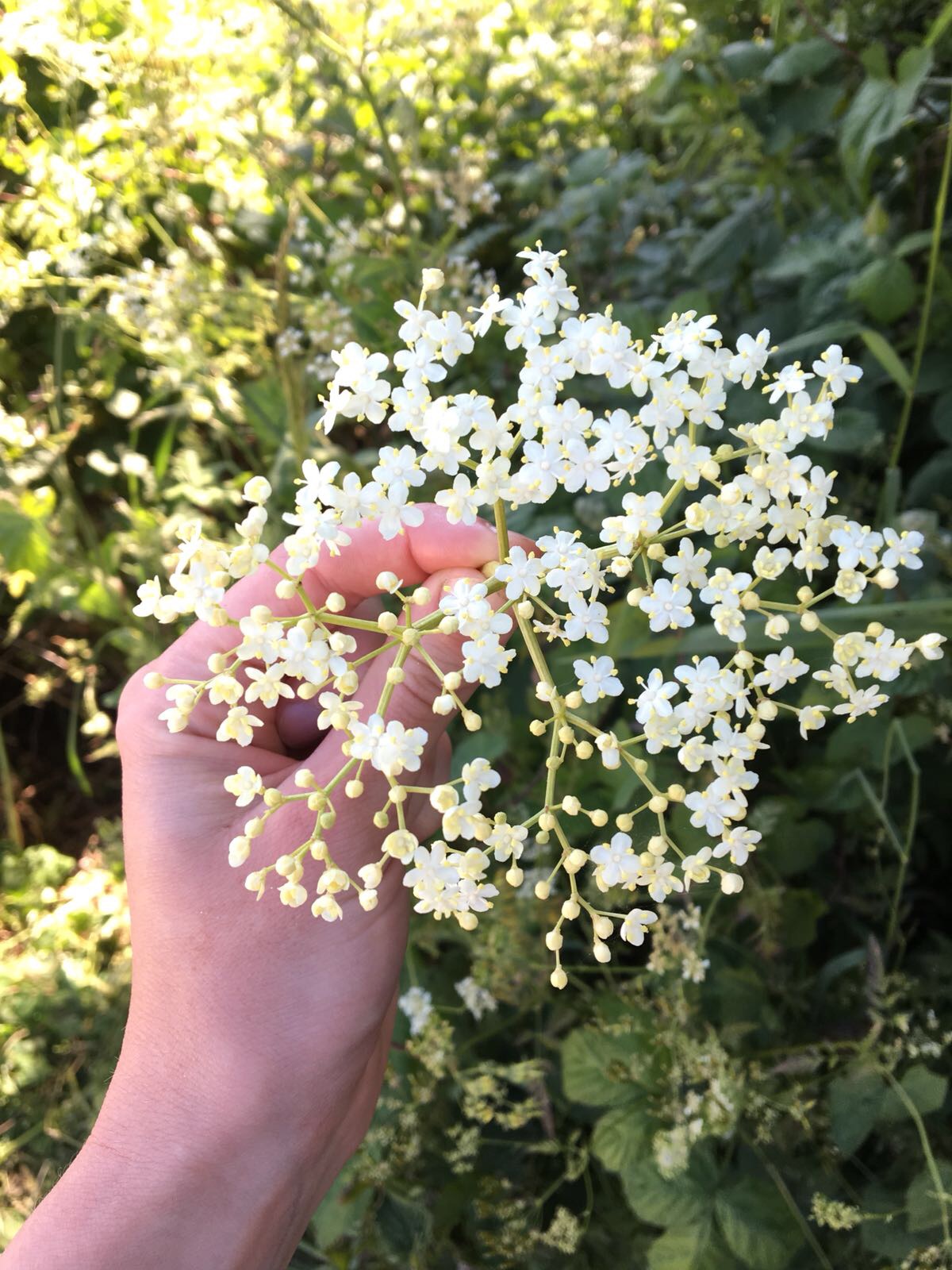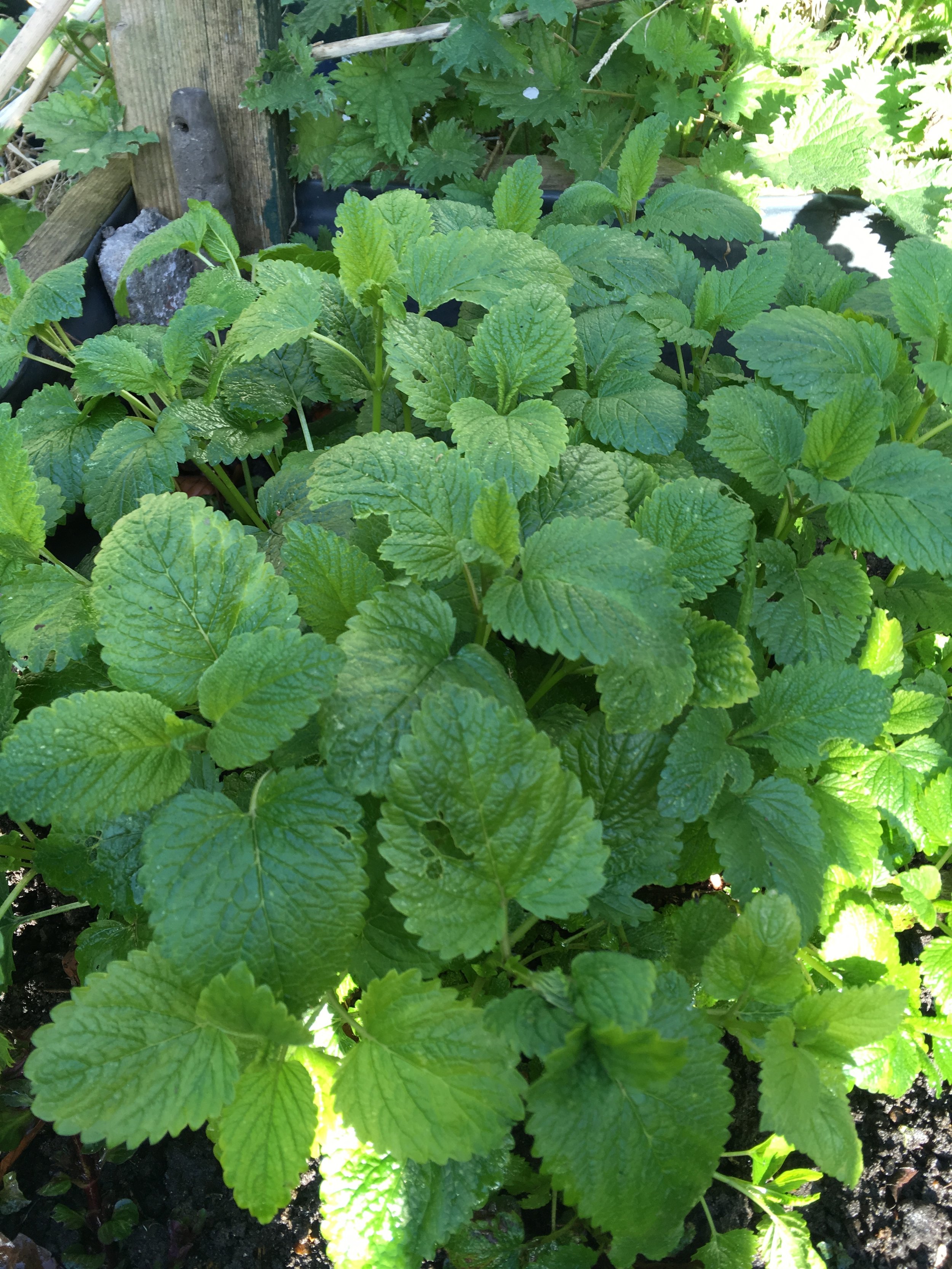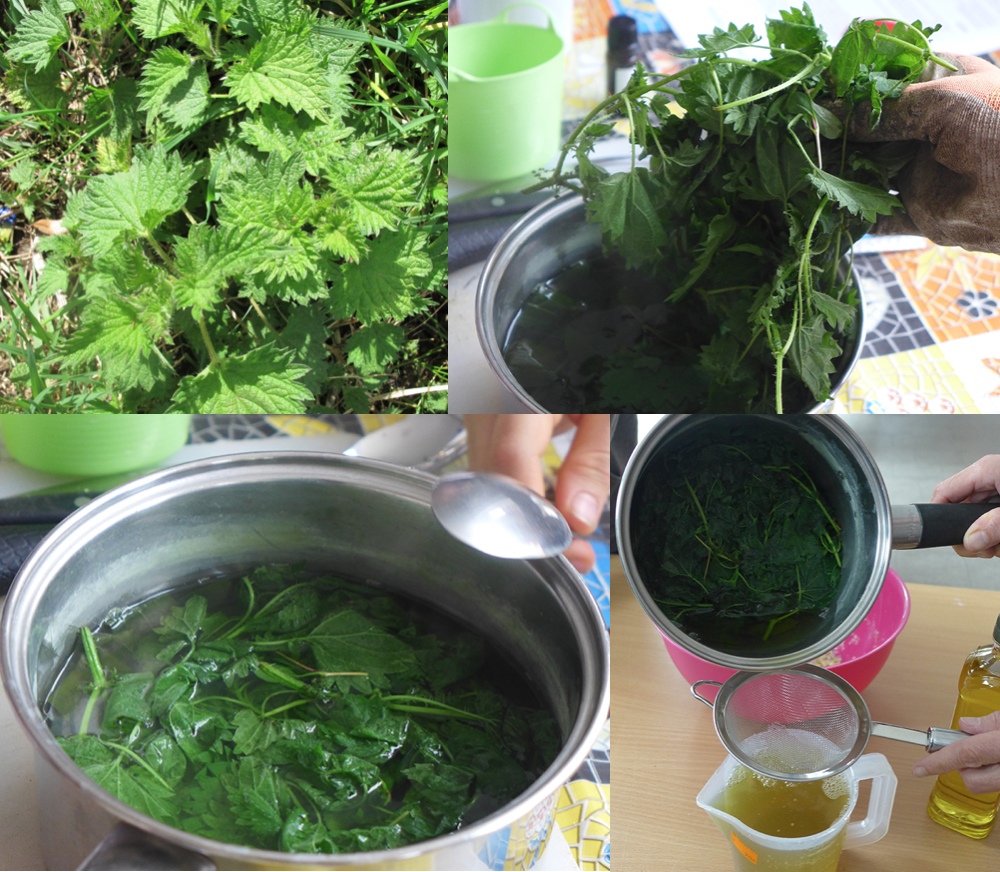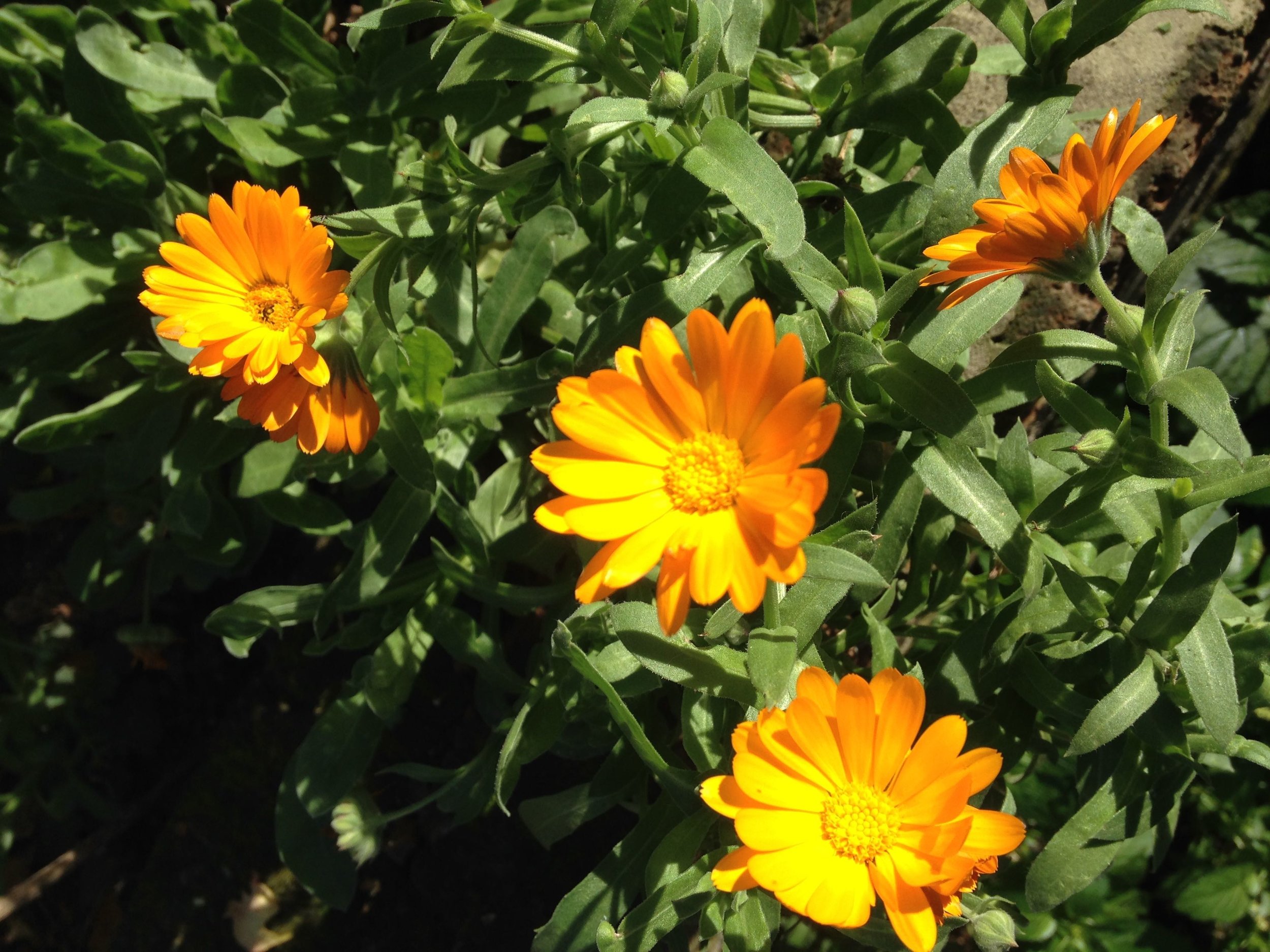The beauty of Elderflower // How to make elderflower cordial
/Written by Hackney Herbal trainee Amy.
The blossoming of the Elder tree (Sambucus nigra) marks the beginning of summer. Elder's sweet white flowers come into bloom from late May and bring with them the promise of sunshine, long, warm evenings, abundance and harvest. Having been used for centuries, elderflower has a rich history in folklore and is still used by herbalists, foragers and plant lovers today. For us, making Elderflower cordial from this sacred tree is a celebration of all that has been in the dark of winter and all the warmth and light summer promises.
Native to the British Isles, Elderflower was once called The Queen of Herbs and The Elder Mother. It was said to be polite to ask her permission before cutting the tree down and was often hung above doors and planted around homes for protection. Traditionally all parts of the tree were used, from making furniture and dying clothes to treating inflammation, sickness, arthritis, insect bites and grief. It is said the famous physician Boerhaave didn't pass an Elder tree without tipping his hat to its many healing properties! Modern herbalists use its flowers in summer for hay fever and the berries in autumn and winter as protection against colds and flu and to support immunity (recipes to come!). The elder is a wonderful example of a plant that supports us with different properties as the seasons change and we become susceptible to different illnesses.
For the next few weeks, a delicious aromatic cordial can be made from these beautiful flowers. It is easy to make and foraging for it along London's canals, parks and green spaces is an opportunity to notice the abundance of wilderness and nature around us. Pick the flower head in the morning on a dry day (preferably from higher up the tree where no animal or human has got to it!). Forage sustainably by only taking a small amount from each tree so there’s enough flowers to turn into berries in autumn and remember to ask its permission first! Happy and responsible foraging and let us know how you go on facebook and instagram.
Recipe:
- 25-30 elderflower heads
- 1.5 litres boiling water
- 600g caster sugar
- 4 tablespoons of honey
- 3 unwaxed lemons
- 2 unwaxed oranges
- 40g citric acid (This is to help the cordial keep longer, I prefer not to use this and instead freeze it in ice cubes or plastic bottles and defrost anytime within a year)
To make:
Gently wash off any bugs from your foraged elderflower heads
Pour the boiling water into a large bowl or pan, add the sugar and stir until it dissolves and leave to cool
Slice the lemons and oranges and put them into the sugary water
Add citric acid if using
Submerge all flowers head down into the water
Leave in a cool place for 24 hours stirring once or twice
Strain though a muslin cloth, tea towel or any clean cotton material and transfer to sterilised glass bottles or plastic bottles for the freezer
Enjoy this delicious sweet cordial with ice, water or added to cocktails!
Words and images Amy Birtles.















































